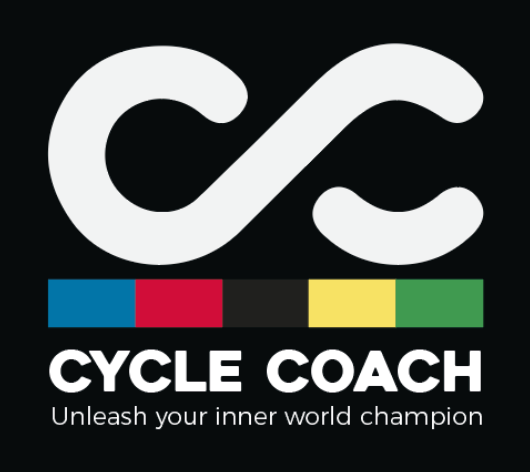Range of Motion Training
Range of motion (ROM) training is an important aspect of injury prevention and performance improvement for cyclists and triathletes. ROM refers to the distance and direction a joint can move in, and having good ROM in the muscles and joints involved in cycling and triathlon can help prevent injury, improve performance and increase flexibility.
Cycling and triathlon involve repetitive movements that can lead to muscle imbalances and restricted ROM. For example, cyclists often have tight hip flexors and quadriceps, and triathletes can have tight hamstrings and calves from running. These tight muscles can lead to poor posture and alignment, which can increase the risk of injury.
To improve ROM, it's important to incorporate stretching and foam rolling into your training routine. Dynamic stretching, where you move through a range of motion while stretching, is a good way to warm up before training or racing. Static stretching, where you hold a stretch for a set period of time, is best done after training or racing. Foam rolling can help break up muscle tightness and improve flexibility.
Incorporating strength training exercises that focus on ROM can also be beneficial. This includes exercises such as squats, lunges, and step-ups, which can help improve hip and knee ROM. Core stability exercises, such as planks and side planks, can also help improve posture and alignment.
In addition to traditional stretching and strength training methods, yoga and Pilates can also be a great way to improve ROM. These practices focus on balance, stability and flexibility, and can help improve the flexibility and stability of the muscles used in cycling and triathlon.
It's important to remember that everyone has different levels of flexibility and ROM, so it's important to listen to your body and progress slowly. Start with a light stretching routine, and gradually increase the intensity and duration over time.
In conclusion, incorporating ROM training into your cycling and triathlon routine can help prevent injury, improve performance, and increase flexibility. This can be achieved through stretching, foam rolling, strength training, and practices such as yoga and Pilates. It's important to progress slowly and listen to your body as you incorporate these techniques into your training.
